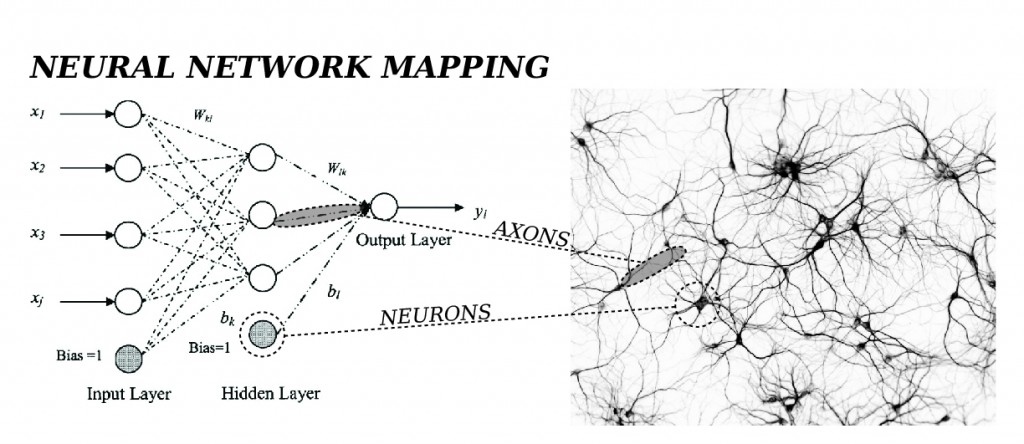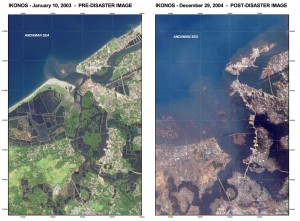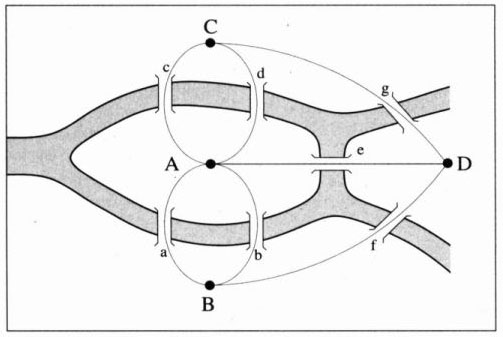The Indian Ocean Tsunami of 2004 struck the coast of Sumatra only 45 minutes after the initial seismic activity. Because the people of Western Indonesia were unaware of the relationship between earthquake, and its subsequent tsunami, they were completely taken by surprise when 15-meter waves struck the coast of Sumatra’s largest city. The results were horrific. Nearly 170,000 people died in the region. Moreover, the city was leveled due to poor construction techniques that were not meant to withstand the force of such enormous waves. This low-level building resilience is common in Southeast Asia, and became a serious liability when the tsunami struck Thailand, Sri Lanka, India, and Indonesia.
Across the Tsunami-stricken zone, religious institutions became important landmarks of resilience. Banda Aceh is an extreme case in that the Grand Mosque was the only building to survive the tsunami within miles of its impact. It is important to note that while it did survive, the resilience was not necessarily embedded in disaster prevention. In fact, the resilience of this particular mosque can be attributed to prevailing cultural values – the mosque is a social catalyst, and the most important symbolic structure in the city. As such, its construction is undertaken with the utmost care and materials. It is meant to withstand time, not water. But it did survive water, and was converted into a vital temporary shelter.
The photograph above reinforces my previous post – that access and relief effectiveness are intrinsically linked. Military and NGO relief was restricted to one mode of transportation for nearly a week – the helicopter. Communication between victims and the outside became purely visual. What had worked so well in Galle, Sri Lanka, where mosques around the city became an informal relief network, was completely interrupted in Banda Aceh. The symbiosis between observer and faith-place was severed, resulting in chaos and lack of communication, whereas in Galle order was maintained and casualties where minimized.




